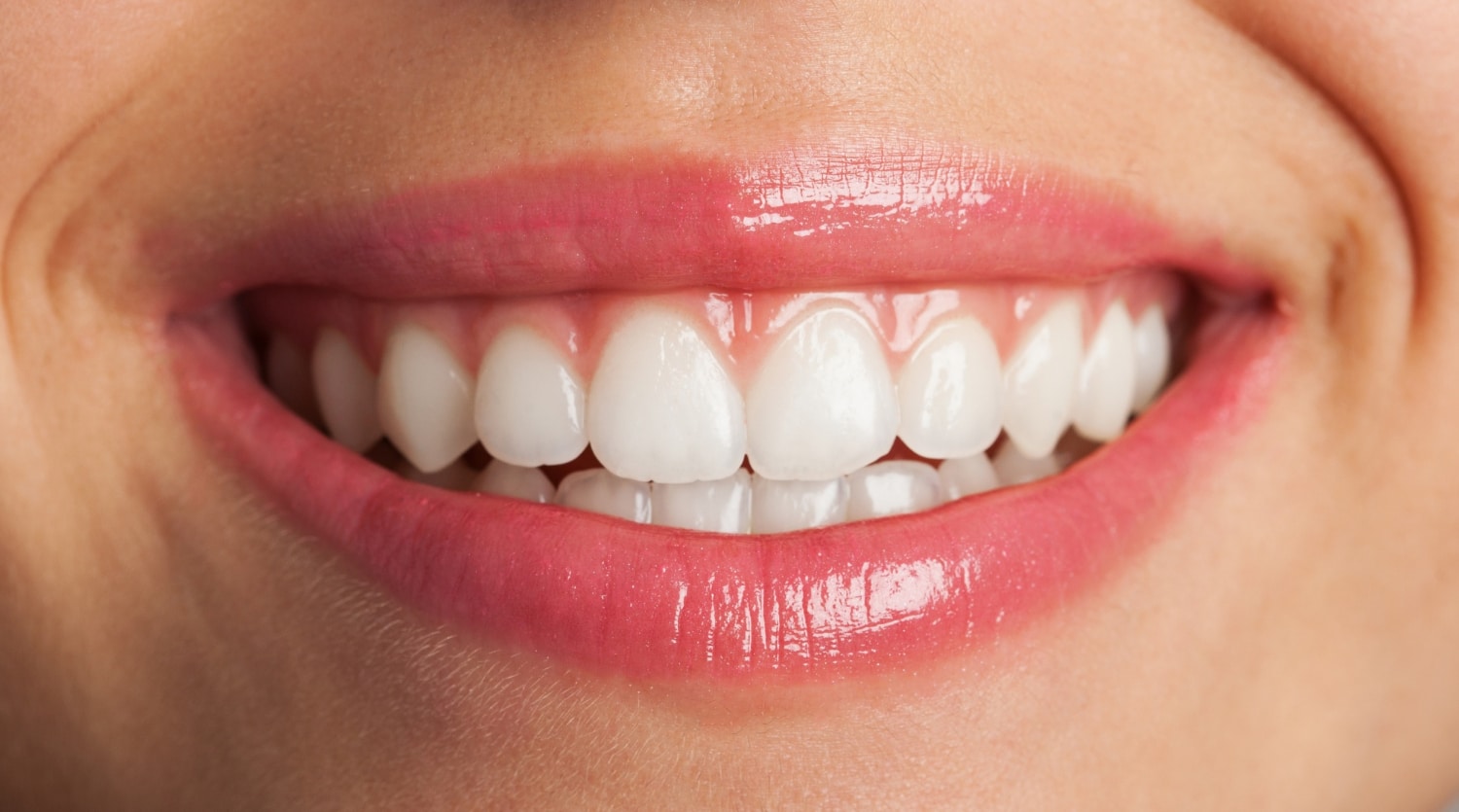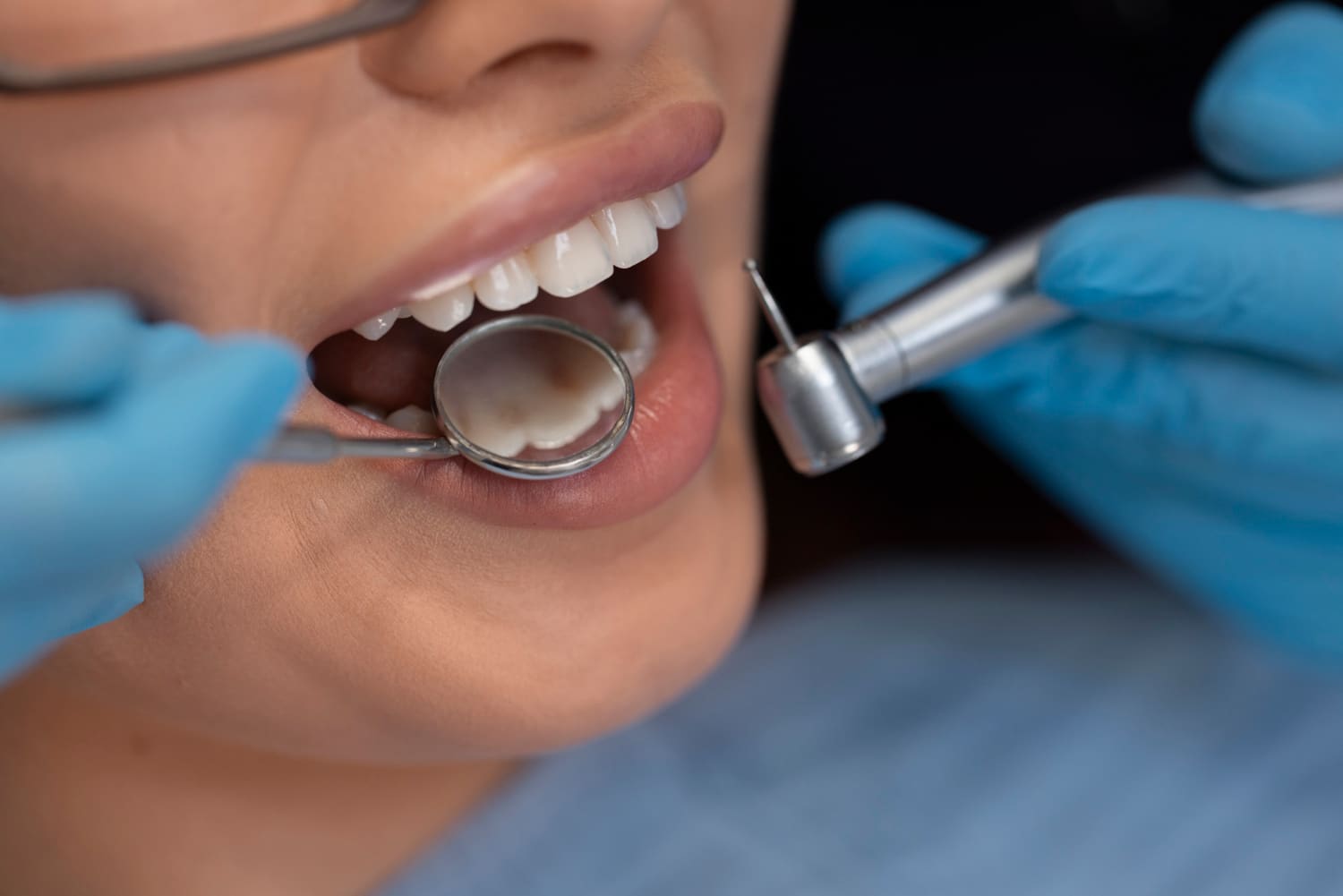At our dental practice, we offer holistic and customized dentistry services to cater to a wide array of dental needs. Among our comprehensive range of treatments, we specialize in providing high-quality dental crowns and bridges for patients who require effective restorative solutions for damaged or missing teeth. These dental prostheses not only restore the functionality of your teeth but also enhance the aesthetic appearance of your smile.
Dental crowns and bridges are both fixed dental prostheses used to restore the form, structure, and function of teeth affected by damage, decay, or tooth loss. Dental crowns are caps that cover the entire visible portion of a damaged tooth or can be placed on dental implants to substitute a missing tooth. On the other hand, dental bridges are prostheses that replace one or more missing teeth by anchoring onto adjacent natural teeth or dental implants for support.
In this comprehensive guide, we will delve into the benefits of dental crowns and bridges, addressing their aesthetic, functional, and health advantages. Additionally, we will outline the procedural steps involved in the fabrication and placement of these dental prostheses and discuss their aftercare and maintenance. Our goal is to equip you with insightful knowledge to make informed decisions concerning your dental health and the most suitable restorative options for your specific needs.
Experience the transformative power of dental crowns and bridges under the care of our proficient dental team. Contact us today to schedule a consultation and let us help you restore your smile and optimize your dental health.
The Benefits of Dental Crowns and Bridges
Dental crowns and bridges offer numerous advantages as effective solutions for damaged or missing teeth. These benefits include:
1. Aesthetics
Both dental crowns and bridges are made from high-quality materials, such as porcelain, ceramic, or a combination of metal alloys and porcelain, which closely resemble the appearance of natural teeth. This ensures a visually appealing result, enhancing the overall appearance of your smile.
2. Functionality
Crowns and bridges restore the normal function of your teeth, enabling you to eat, speak, and maintain proper oral hygiene. By replacing damaged or missing teeth, these prostheses distribute biting and chewing forces evenly, preventing additional strain on your remaining teeth.
3. Oral Health
When dental issues, such as tooth decay or tooth loss, are addressed with crowns and bridges, the risk of further dental complications is significantly reduced. These prostheses also help maintain the alignment of your teeth by providing support and preventing nearby teeth from shifting.
4. Durability
Due to their high-quality materials and excellent craftsmanship, dental crowns and bridges are known for their durability. With proper care and oral hygiene, these dental prostheses can last for many years, providing lasting results and functionality.
The Procedural Steps for Dental Crowns and Bridges
The process of obtaining dental crowns and bridges involves multiple steps, from initial consultation to the final placement of your prosthesis.
1. Consultation and Treatment Planning
During your initial consultation, your dentist will thoroughly examine your teeth, take dental X-rays, and discuss your dental and medical history. Based on this assessment, your dentist will determine whether a dental crown or bridge is the most suitable option for you, and develop a personalized treatment plan.
2. Tooth Preparation
To prepare a damaged tooth for a crown, your dentist will first remove any decayed or severely damaged tooth structure, followed by reshaping the remaining tooth to accommodate the crown. If a bridge is being placed, the adjacent teeth – known as abutment teeth – will also be prepared for dental crowns to support the bridge.
Once your tooth or teeth have been prepared, your dentist will take impressions or digital scans of your teeth. These records will be sent to a dental laboratory so that your custom-made crown or bridge can be fabricated.
3. Temporary Restoration
Your dentist may place a temporary crown or bridge to protect your prepared teeth during the fabrication process. Temporary restorations are not as durable as the final prosthesis but provide interim protection and aesthetics.
4. Final Placement
Once your custom-made crown or bridge is ready, your dentist will remove the temporary restoration and place the permanent prosthesis, ensuring a proper fit and bite alignment. Any necessary adjustments will be made, and your dentist will cement the crown or bridge in place.
Caring for Your Dental Crowns and Bridges
To increase the longevity of your dental crown or bridge, it is crucial to follow proper oral hygiene practices and adhere to the following care and maintenance tips:
1. Brush and Floss Daily
Good oral hygiene is essential for maintaining a healthy and long-lasting dental prosthesis. Brush your teeth at least twice a day, using a soft-bristle toothbrush and fluoride toothpaste. Floss daily, taking care to clean around the edges of the crown or bridge and the supporting teeth.
2. Schedule Regular Checkups
Attend routine dental check-ups and professional cleanings as recommended by your dentist. These visits will help monitor the condition of your crown or bridge, ensuring any potential issues are detected and resolved promptly.
3. Avoid Hard and Sticky Foods
While dental crowns and bridges are made to withstand the forces of chewing, it is best to avoid excessively hard and sticky foods that could dislodge or damage the prosthesis.
4. Wear a Night Guard if Necessary
If you suffer from teeth grinding or clenching, consider wearing a night guard to protect your dental crowns and bridges (and the rest of your teeth) from damage.
Conclusion
Dental crowns and bridges are effective restorative solutions that provide durable, functional, and aesthetically pleasing results for damaged or missing teeth. By understanding the benefits and procedural steps involved in these treatments, as well as their aftercare and maintenance requirements, you can make informed decisions about your dental health and enjoy a restored, healthy smile. Trust our experienced dental team to guide you through the process of obtaining dental crowns and bridges, providing exceptional care and support along the way. Schedule a consultation with us today for dental services in Pickering.










